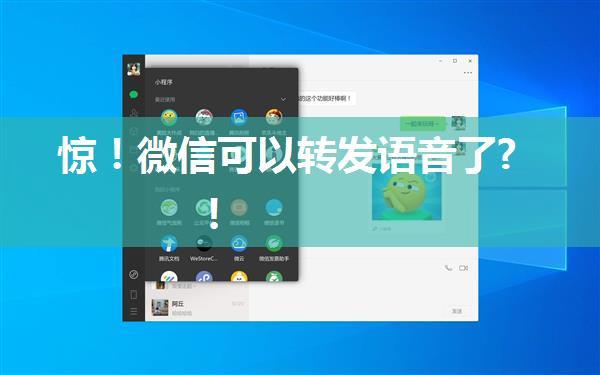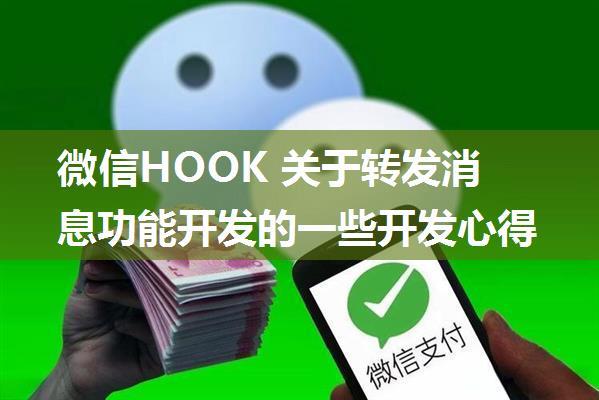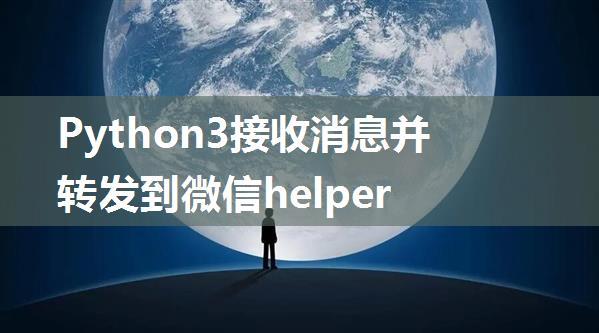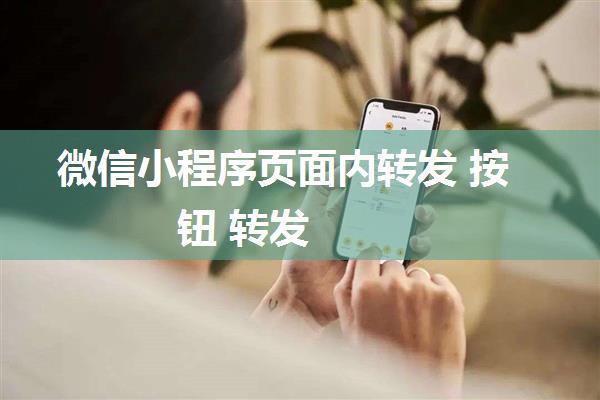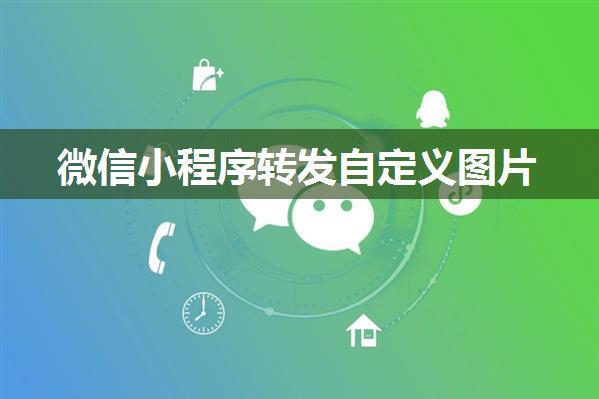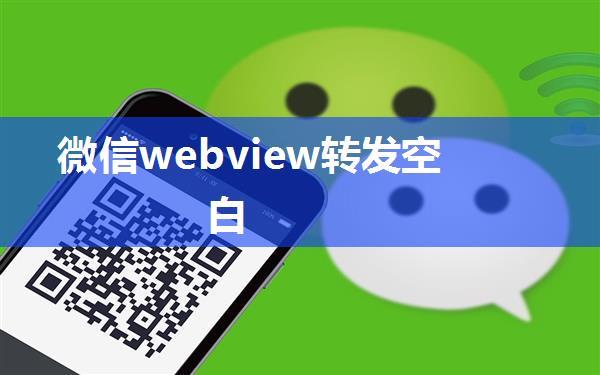
I'd be happy to help you with that! ??The issue you're experiencing is quite common when working with WeChat's WebView component and its URL forwarding feature. Let me break it down for you in detail.
What is URL forwarding?
In the context of WeChat Mini Programs, URL forwarding refers to the ability to redirect users from one page to another within your mini program or even outside of it (e.g., to a external website). This is achieved by using the `wx.navigateTo` or `wx.redirectTo` APIs, which take a URL as an argument.
The problem: blank pages after forwarding
When you use these APIs to forward users to a new page, you might expect the new page to load correctly. However, in your case, the new page is loading with a blank content. This can be frustrating and confusing for users.
Analyzing the issue
To troubleshoot this problem, let's take a closer look at what happens when you forward the URL using `wx.navigateTo` or `wx.redirectTo`. The API takes a URL as an argument, which is then passed to the new page.
When you inspect the URL in your browser's developer tools (e.g., Chrome DevTools), you might notice that it has been encoded with special characters. Specifically, the colon (`:`) and forward slash (`/`) have been replaced with `%3A` and `%2F`, respectively.
The culprit: URL encoding
This is where things get interesting! The issue lies in how WeChat's WebView component handles URL encoding. When you pass a URL to `wx.navigateTo` or `wx.redirectTo`, it automatically encodes the URL using the `encodeURIComponent` method. This is done to ensure that special characters are properly escaped and can be safely passed as part of the URL.
However, when the new page loads, it expects the original URL without encoding. If you don't decode the URL correctly, the page will load with a blank content or display an error message.
The solution: decoding the URL
To fix this issue, you need to decode the URL using the `decodeURIComponent` method in your page's `onLoad` event handler. This method takes the encoded URL as an argument and returns the original URL without encoding.
Here's an example of how you can do this:
```javascriptPage({
onLoad(options) {
const url = decodeURIComponent(options.url);
// Use the decoded URL to load the new page or perform other actions }
});
```
By decoding the URL correctly, you ensure that the new page loads with the expected content. This should resolve the issue of blank pages after forwarding.
Additional tips and considerations
When working with WeChat's WebView component and URL forwarding, keep the following in mind:
1. Always decode the URL: Make sure to use `decodeURIComponent` to decode the URL correctly, especially when handling URLs that contain special characters.
2. Check for encoding issues: Verify that your mini program is not accidentally encoding the URL with special characters, which can cause issues during forwarding.
3. Test thoroughly: Test your mini program's URL forwarding feature extensively to ensure that it works as expected in different scenarios.
By following these best practices and decoding the URL correctly, you should be able to resolve the issue of blank pages after forwarding and provide a seamless user experience for your WeChat Mini Program users. ??
